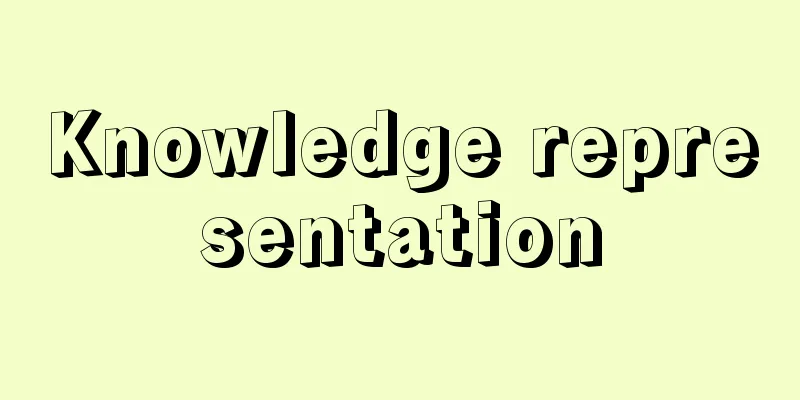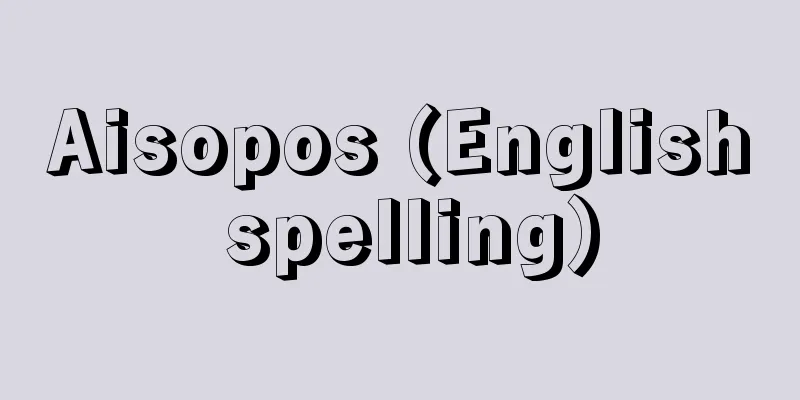Ink marks - bokuseki

|
A customary term for the handwriting of Zen monks. Originally it meant "the traces of a written brush" (strokes), and in China it was also written as "bokuseki" and was used to refer to handwriting in general, but in Japan the term bokuseki is used specifically to refer to the handwriting of Chinese and Japanese Zen monks. In particular, those written by Chinese Zen monks of the Song and Yuan dynasties, and those written by Japanese Zen monks of the Kamakura and Muromachi periods, are highly valued, but the scope is expanded to include those of Rinzai and Obaku sect monks from the Edo period onwards. During the Muromachi period, as the tea ceremony became popular under the guidance of Murata Juko and others, bokuseki came to be placed first on hanging scrolls at tea ceremonies. This is because of the respect given to the spirit of the written phrases and the virtue of the writer. There are various types of bokuseki, which can be roughly categorized as follows: (1) Certificate of Approval: A certificate given by a master to a disciple as proof that he or she has completed their training. It is considered the most important of all calligraphy works. (2) Jigo: A title given by a master to a disciple is written in large letters by hand and carries the same authority as a certificate of approval. (3) Dharma words: These explain the dignity of Buddhism and show one’s state of enlightenment. They were written and presented from master to disciple, and also among peers. (4) Geju: A verse written in five or seven lines, also called a verse. Its content is almost the same as that of a Buddhist scripture. (5) Yuige: A farewell poem written by a Zen monk to his disciples just before his death. (6) Parting words: These are sermons or verses written by high priests at the temples visited by Japanese Zen monks who traveled to China before returning home. (7) Shindogo: Words from a master to his disciple explaining the essential points of Zen as an aid in his training. (8) Gakuji: Characters hung on plaques inside and outside the buildings of Zen temples. (9) Letter. These calligraphy works are unconventional and unconventional, and do not adhere to any particular style of calligraphy; many of them clearly express the high spirituality that the writer has attained through his own training. They are highly valued for their unique style. [Minoru Furuya] Masao Kinoshita (ed.), Complete Collection of Japanese Art 15: Zen Art II - Calligraphy and Zen Paintings (1979, Gakken) Source: Shogakukan Encyclopedia Nipponica About Encyclopedia Nipponica Information | Legend |
|
禅僧の筆跡の習慣的呼称。本来は「書いた筆のあと」(筆跡)を意味し、中国では「墨迹」とも書いて広く肉筆一般をさすが、わが国では、とくに中国・日本の禅僧の筆跡に限定して墨跡の語が用いられる。なかでも、中国の宋(そう)・元時代の禅僧、および日本の鎌倉・室町時代の禅僧が書いたものを珍重するが、さらに範囲を広げて江戸時代以後の臨済宗や黄檗(おうばく)宗の僧侶(そうりょ)のものも、そのなかに含めて考えられている。室町時代、村田珠光(じゅこう)らによって茶道が盛行するにつれて、墨跡は茶席の掛物の第一に置かれてきた。それは、書かれた文句の心、および筆者の徳に対して、尊敬されたところにある (2)字号(じごう) 師が弟子に号を授与するのに、自筆で大書したもので、印可状と同様に権威をもつ。 (3)法語(ほうご) 仏法の尊厳を説き、自己の悟りの境地を示したもので、師から弟子へ、また同輩の間でも書き贈られた。 (4)偈頌(げじゅ) 五言・七言などの韻文体のもので、偈ともよぶ。法語とほぼ同様な内容である。 (5)遺偈(ゆいげ) 禅僧が死の直前に、弟子たちに辞世の句として書き残したもの。 (6)餞別語(せんべつご) 中国に渡った日本の禅僧が、帰国に際して歴訪した寺の高僧に書いてもらった法語や偈など。 (7)進道語(しんどうご) 師から弟子に、禅の肝要を説いて修行の助けとしたもの。 (8)額字(がくじ) 禅寺の建築の内外に掲げる額の文字。 (9)書状(手紙)。 これらの墨跡は、書法にこだわることなく、筆者自身の修行の果てに到達した高い精神性が端的に表れた破格法外の書が多く、その個性味豊かな書風が尊ばれている。 [古谷 稔] 『木下政雄編『日本美術全集15 禅宗の美術Ⅱ――墨跡と禅宗絵画』(1979・学習研究社)』 出典 小学館 日本大百科全書(ニッポニカ)日本大百科全書(ニッポニカ)について 情報 | 凡例 |
<<: Pak Yŏn (English spelling)
>>: North-West Frontier Province
Recommend
Land consolidation - Kochisei-ri
It refers to all land improvement projects based ...
Ars moriendi (English spelling) [Latin]
A pamphlet popular in 15th-century Western society...
National Pillar Association
A lay Buddhist sect based on Nichiren doctrine. I...
Accel - Accelerate
…It is the polar opposite of the faithful reprodu...
Kunitaro Kawarasaki
Kabuki actor. The son of the 6th head of the Edo K...
Golitsyn, AN (English spelling) GolitsynAN
…He was active in the Congress of Vienna, and adv...
Screw flower - Screw flower
A perennial plant of the orchid family (APG class...
Corpus cardiacum
It is an almost spherical, slightly bluish tissue ...
Fondant
...In Japan, whiskey bonbons and liqueur bonbons,...
Party strife - Tousou
This refers to bureaucrats forming factions and c...
Ichi - one
…Its body shape is similar to that of sea bream, ...
Quercia - Quercia (English spelling) Jacopo della Quercia
Italian sculptor. Born in Quercia Grossa near Sie...
Vertical line deviation - ENCHOKU SENHENSA
The angle between an actual vertical line at a poi...
Ekacesium - Ekacesium
... Periodic table element symbol = Fr, atomic nu...
Rock spring - Rock spring
An evergreen fern of the Pterocallidaceae family....









